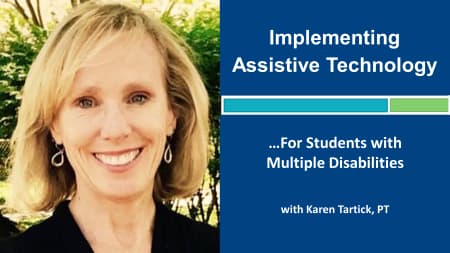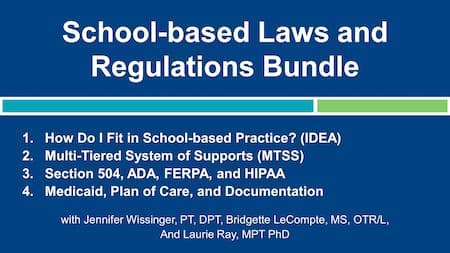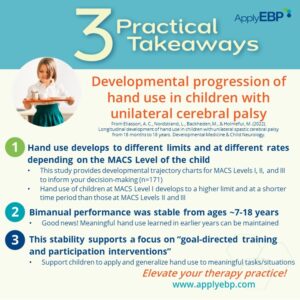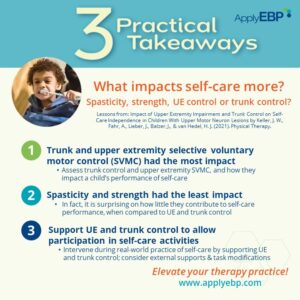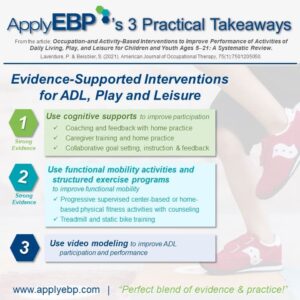3 Practical Takeaways
Factors Associated with Decreased Participation in Pre-K Children Born Pre-term
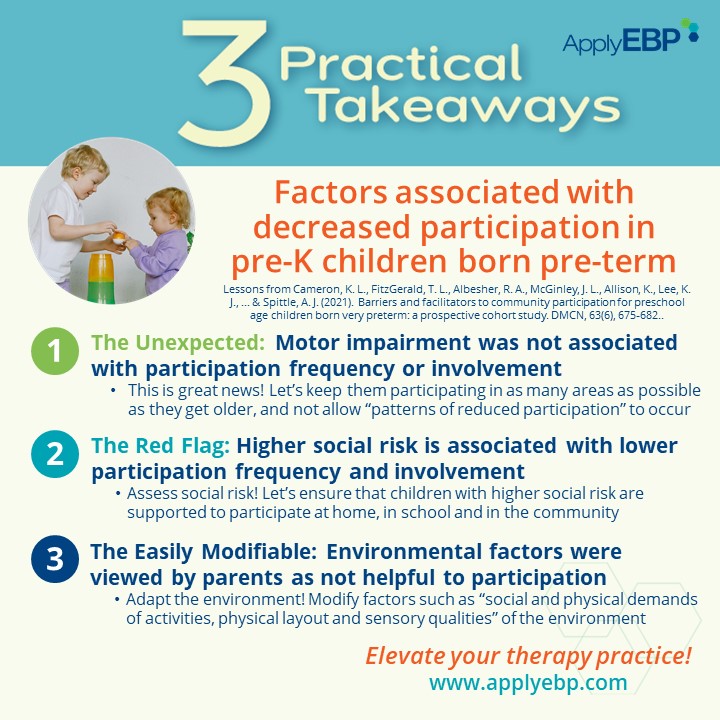
I enjoy being surprised…having my preconceived notions proven wrong by articles I read. It’s a constant reminder to not be complacent with what I know. And that there is so much more to learn about our pediatric clients and how we can best support them.
In this week’s #3PracticalTakeaways, we share with you our Unexpected, the Red Flag, and the Easily Modifiable lessons from the article by Cameron et al (2021) on the factors that are associated with decreased participation in pre-K children who were born pre-term. We hope that these lessons will allow us to understand how we can promote and maintain the children’s levels of participation from pre-K and beyond. Here are Apply EBP’s #3PracticalTakeaways.
Are you as surprised as we are that the level of the children’s motor impairment in this study were not associated with their participation frequency and involvement? Add your takeaway or read others’ in the comments section below.
Click below to download,
print and share the infographics
Continue to Elevate Your Practice with Our...
Featured School
Symposium
Featured Live
Workshop
Featured On-Demand
Webinar
Implementing Assistive Technology
Featured Webinar
Bundle
School-based: Laws & Regulations
Reference:
Cameron, K. L., FitzGerald, T. L., Albesher, R. A., McGinley, J. L., Allison, K., Lee, K. J., ... & Spittle, A. J. (2021). Barriers and facilitators to community participation for preschool age children born very preterm: a prospective cohort study. DMCN, 63(6), 675-682.

